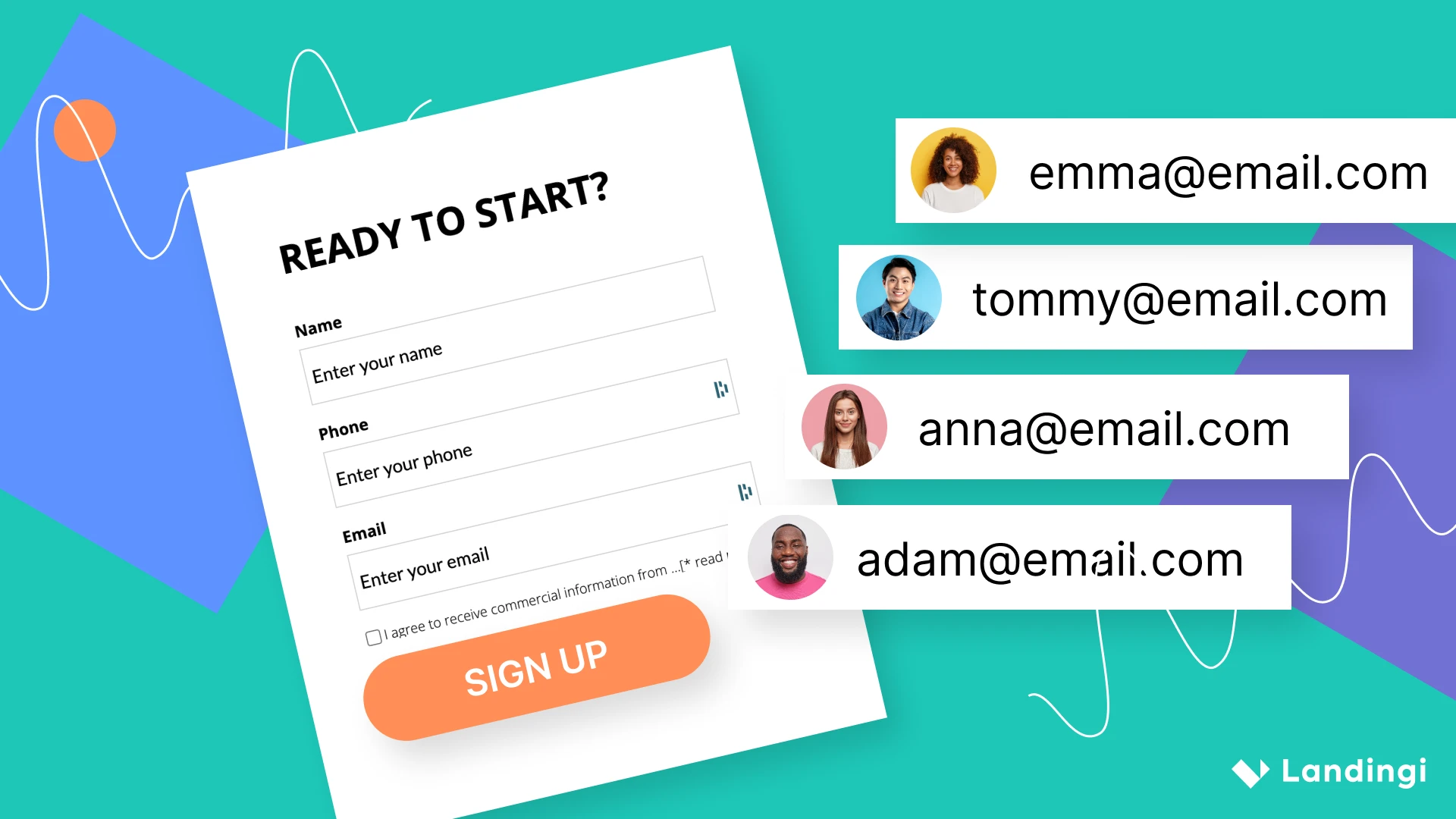Even when your business is doing well, you can improve it by making a couple of small changes. Today, the state of technology allows you to improve your customer service for little to no money.
Some technologies are more expensive and are suitable for bigger companies, while others are affordable to any business that wants to learn and implement them.
With each happy client, your pool of leads grows due to word-of-mouth marketing.
77% of people will recommend your company to a friend after having a positive experience, Temkin reports.
Even a small increase in customer experience leads to bigger sales.

Source: https://experiencematters.blog/2016/10/24/report-roi-of-customer-experience-2016/
Here’s how to achieve that with technology.
A simple autoresponder
It may sound simple, but there are many companies out there that don’t use autoresponders. This is a huge mistake that costs you virtually nothing to change.
Most customers these days don’t want to wait on you. You have to offer an extremely sought after product for people to wait for your response. Otherwise, there’s no incentive to do so.
You wouldn’t wait 24 hours for a response if you could get one in minutes in a dozen of other places. Besides, often people don’t know if they’re going to get a response at all.
Since some ecommerce websites take days to respond or forget to do so in the first place, customers are becoming suspicious of talking via email.
66% of people love when you value their time, according to Forrester. It’s as simple as setting up an autoresponder that tells customers you got their email and will respond in a day.
That is super easy to do on most platforms, Landingi included.
Chatbots
Everybody is talking about chatbots these days. That’s not another bling hype that takes a concept and idealizes it. Chatbots can’t solve everything, but they will help your customer service improve significantly.
When you think of chatbots, don’t imagine HAL 9000 or that humanoid AI Sophia. Facebook chatbots won’t pass the Turing test. In fact, they’re not even AI.
Here’s how this bot works. As a customer enters the chat, your bot greets them using their name from the Facebook profile and offers a number of options in the dialogue.
You have complete control of anything your bot says to the customers and the options it offers. The answers are tied to the options a customer chooses. Your bot can also collect contact information from them.
Harris Interactive reports that 75% of people think talking to a real person takes too long. Does this mean customers need to talk to your employee every time they need an answer?
Nope. It means the existing bots in live chats aren’t helpful at all. If you ever tried talking to a bot in any live chat on a website, you know how frustrating this is. All they can do is answer a basic question or connect you to an operator.
In fact, customers need advanced chatbots to get answers. Drift research says
31% of customers can’t find the answer to their question on your website.
Source: https://www.drift.com/blog/chatbots-report/
Some things are hard to find within 30 seconds, and few people would want to spend more on that. The problem that Harris Interactive points out is not about talking to a real person, it’s about getting answers quickly.
Set up a chatbot that would cover most questions a user might have about your website or a product, and you can be sure the majority of people won’t have to talk to your employee. Include a button “Talk to a human” for those who need that, and you’ll satisfy all your customers.
Still not convinced you have to set up a bot for your company’s Messenger? Here are two facts that might change your mind.
People prefer getting information via interaction, not scanning websites. If they need to get only one simple answer, a chatbot will save a lot of their time. Besides, this kind of interaction with the brand is gamified, so it’s easier to start, and more people finish it. CTR on questions of the chatbot can reach 50%.
The other thing that may sway you in the chatbot team is the fact you get the contacts of your customers. If a person browsed through your website and left, they’re anonymous to you. If a person contacted the bot, you can follow up on the encounter and convert them later. Just make sure not to be annoying, because getting blocked on Facebook is a matter of seconds.
Micro conversions
The technology behind this is fairly simple. It’s not as easy to set up as chatbots and autoresponders, which you can use for free, however. You have to create a system of analytics that is one step ahead of the basic level.
The math behind micro conversions is simple. Landing pages convert so little because not all people are going to buy on the first visit. Seriously, can you imagine entering a website you see for the first time (with no recommendations) and buying something?
You’d only do that for a small portion of websites. The rest you only research before the purchase. More often than not, you would have ten tabs open and read up on each company to choose the best one.
This is what your customers would normally do. Does this mean they are lost to you? Not at all!
Each step on the sales funnel is important. Any person who subscribed to your newsletter is a potential customer. Besides, if they read your articles constantly, they may become brand advocates without even buying your product.
“Usually, a company homepage is a comprehensive website, containing lots of subpages, links and available actions” says Milosz Krasinski. Find the small things that contribute to your website’s success and mark them as goals in Google Analytics. Add goals to events to track them and understand how many people perform these actions.
But that’s good for you. What’s in it for the customer? Add pop-ups to trigger on some microtransactions. No one would subscribe to your newsletter without reading a single blog article. If a customer read three in a row, they’d be happy to find out you have a newsletter subscription and would leave you their email.
Introduce these small things, and you’ll be just as satisfied as your customers.
Remarketing
For many people, remarketing is intrusive. It takes one Google search to get all websites littered with the retargeting ads. It doesn’t have to be like that. Using best practices of remarketing ensures you approach your clients with respect and get more conversions.
Use remarketing instead of retargeting, that is personalized emails instead of a tornado of ads the person may not want to see.
For instance, you could gather a list of people who added items to the cart but didn’t proceed with the payment or added items to the wishlist. If they don’t make the purchase during some time, send them a personalized email with an exclusive offer.
Make sure you’re not intrusive or overly salesy. Make the message “Do you still want this?” instead of “Buy my stuff,” and your customers will appreciate that.
Customer relationships management systems
You may handle all customers perfectly if you only have a few dozen of them. If the number of clients you have to deal with is bigger, you can’t do it as smoothly as they want you to.
Using CRM software won’t cost you much, but will allow for major improvement in customer service. These platforms allow you to have all the data about each client to be stored in one place. This means your employees do not have to know that person to deal with them in the best way possible.
Upon receiving an incoming call, your operator will know the history your company has with this person and can greet them by their name. A warm “Hello, Susan, how may I help you?” may make or break an interaction. Especially so, if this person is an angry client – your operator won’t be caught off guard.
If the CRM you want to work with has an HR system, you can use it to manage employees’ time, set goals, edit schedules, and issue monetary rewards.
So CRMs work both for the clients and for your team.
AI & Machine learning
Wall Street used to be a place for traders to gather. Now it’s mostly run by bots, AIs that can predict the market much better than humans.
You can leverage this technology to improve your business. If you’re using a CRM the odds are you have a lot of raw data. Your in-house experts can surely put it to good use, but if you make a bot go through it, you’ll have even more results for the money you’re paying.
You teach a bot do all sorts of things for your business based on the data you have. It can learn to detect customers that have the highest potential of converting to let your sales team focus on them. It can show what strategies work best in the long run, and how to adjust them.
It can do small things like calculating what products are bought together most often to later include them in the recommended section. It can do big things like detecting fraud in real time.
So, if you have sufficient budget, try hiring a machine learning team, and your business will get more insights than ever.
Augmented Reality
Do your products include wearables? Then you have to get started with this new technology.
Augmented reality has been around for quite a while, but it only came to the eyes of the wide public after the huge success of Pokemon Go. Many companies have made a major breakthrough after testing the use of AR (Augmented Reality) in innovative and inspiring ways. Now, you can use it to display your products.
This may cost you quite a significant sum, but your clients will be thankful. You can develop an app that lets your customers try on your clothes or accessories.
It’s very handy for the customers, as buying online is hard without trying the outfit on and seeing does it work for you or not.
On top of that, this allows you to trigger one of the most basic marketing psychology tricks: commitment and consistency. Once they try it and like it, it’s very hard not to buy it.
Creative use of technology
The best way to drive sales is to put creativity and humor in your marketing campaign. In the time when customers know the marketing techniques companies use on them from YouTube videos, classic sales can be daunting. Spicing it up with humor may help.
You probably have seen the edgy and in your face DollarShaveClub ad. You probably saw it because it went viral. That’s what humor and creativity can do for your business.
In regards to technology, Burger King did it best. They developed an app that would give you directions to the nearest spot and a discount whenever you were close to a McDonald’s restaurant.
If you have an idea that would make your customers come in bunches laughing, go for it.
Use technology to drive your sales
The days when you had to be a millionaire to afford the best technology are gone. A lot of advice on this list you can follow for free. Many you can get for a small price.
There’s no excuse for not using these tips. Learn the new tech, and make your company a better place for customers.







